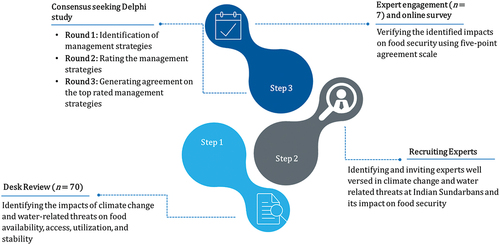Figures & data
Figure 1. Climate change impacts in the Indian Sundarbans: (a) trends in summer and (b) winter temperature; (c) monsoon precipitation anomalies; (d) monsoon precipitation trend (computed using CRU TS v. 4.06); (e) major weather events that impacted the Sundarbans in the period 1988–2020 (TD = tropical depression, TS = tropical storm, H1–H5: Category 1–5 cyclone based on the Saffir–Simpson scale) (computed using the information available on Sharma et al., Citation2022); and (f) maximum sustained wind speed in km/h of the major events during 1988–2020 coded as C1988–C2020 (computed using the information available on Sharma et al., Citation2022).
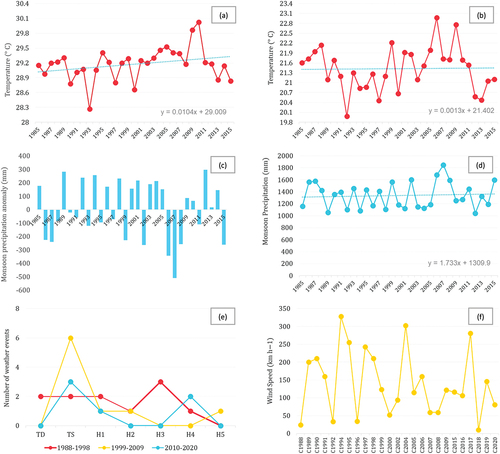
Figure 2. Simplified diagram showing the impact pathways of climate change-induced water-related threats for food security.
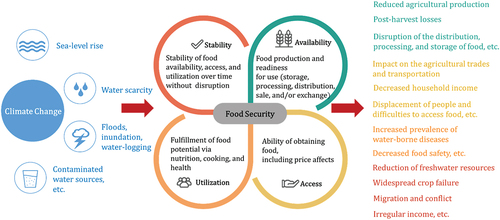
Figure 4. Water-related threats and their impacts on the four pillars of food security (Food availability: AVAL1–AVAL9; Food access: ACCS1–ACCS4; Food utilization: UTIL1–UTIL4; and Food stability: STBL1–STBL2) under climate change in the Indian Sundarbans, and experts’ agreement (%) on these (the abbreviations are defined in the figure itself).
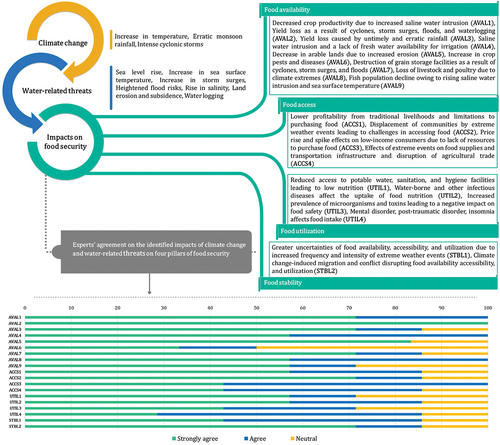
Figure 5. River water salinity (ppt) in different sites of the Indian Sundarbans, February–May 2019.

Figure 6. Average salinity of the tube well water in different sites of the Indian Sundarbans, February–May 2019.
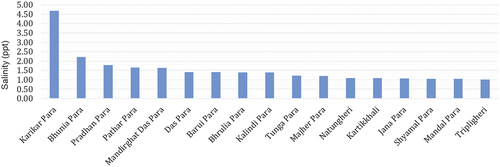
Table 1. Strategies that attained the highest priority in the Delphi study.

